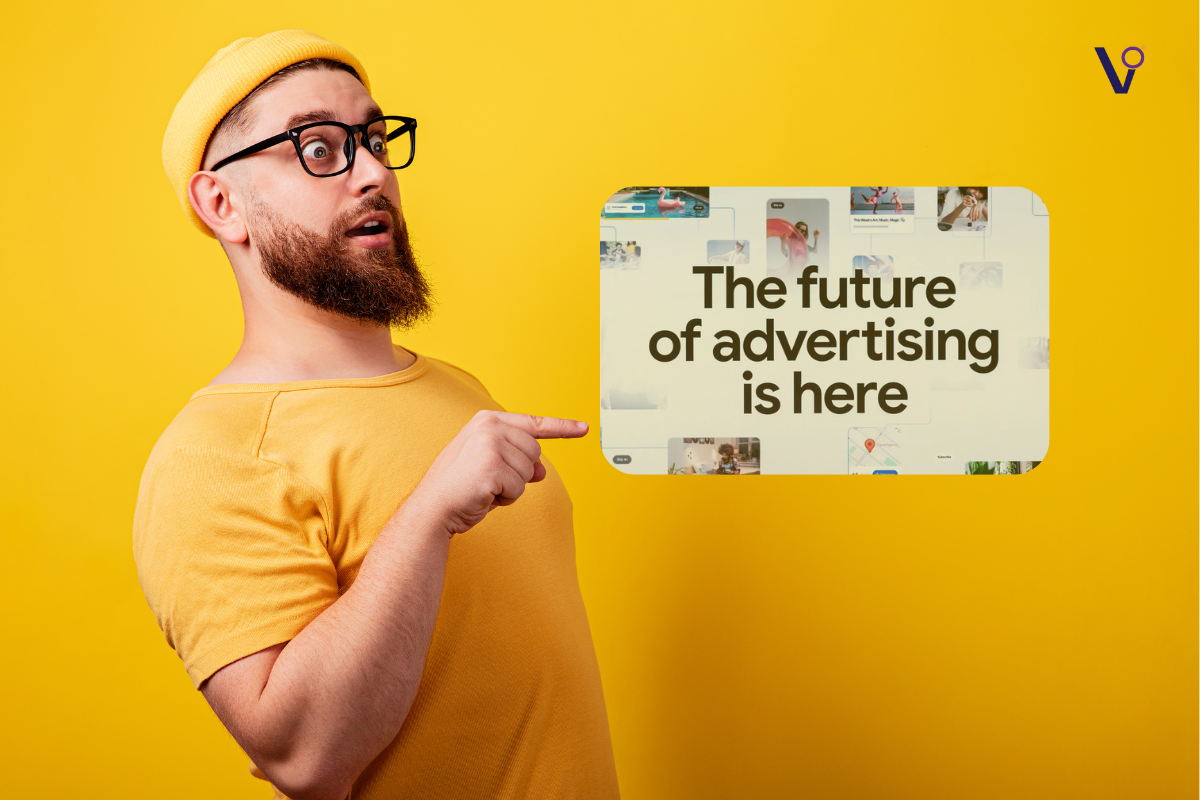If you want to start landing social media collaborations and you’ve thought about pitching to a brand but you have no idea what to say or where to even start, this article is for you.
Well, the very first worry you think you should have is the follower count, which is utterly wrong. You don’t need to have any number of followers to start working with brands. You can land paid brand collaboration even without a hefty amount of followers count. When brands are looking for influencers to partner with, they look for three things:
Your parallel
Parallels are basically the things that you have in common. If your audience is their target audience, they’re going to be way more willing to slide into your DMS and pay you cash to reach your audience.
Your community
If brands go to your Instagram and they see that you have a loyal community—by that we mean people commenting on your posts and you replying to people’s comments—they’re going to see that as a lot of value. Brands are looking for influencers with a 3% engagement rate or more, and if you have less than 10,000 followers, you’re actually at an advantage because you have a higher engagement rate than those over 10,000 followers, so that could be strategy with your pitching.
Your experience
By experience, we don’t mean you need to have a portfolio where you showcase you’ve worked with their brands. But you need to be good at creating content. Take a look at your feed and ask yourself, “Would a brand pay me to make something like this?” If the answer is no, you just got to practice a little bit more. Content creation is key. You need to keep in mind that you create something that mutually benefits both.

Picture this: Two influencers or brands collaborate together and reach their goals. There’s no denying that a collaboration done right will always lead you to success, because double the audience, double the results. That brings us to how we benefit from social media collaborations. Let’s dive straight in.
Benefits of social media collaborations
Social media collaborations can bring great advantages to individuals, brands, and organizations alike:
- Expanded Reach: Since two parties are collaborating, thereby allowing both parties’ followers to view the other’s posts, increasing visibility.
- New Content Ideas: New ideas evolve from collaboration through new formats or concepts. With new content formats and ideas, there’s always a chance that followers will be interested and attracted to similar creators.
- Entering New Markets: Brands and creators may break into new markets or niches, which may lead to further growth and even new revenues.
- Boosted Credibility: Working with reputed or influential partners will enhance reputation and give audiences confidence in the brand.
- Long-Term Relationships: Collaboration may result in long-term professional relationships that open opportunities for learning and future projects
However, whereas collaborations can also represent a form of social media revolution or campaign success, collaborations have their challenges too.
How to identify a great collaborator
Identifying an ideal collaborator requires finding someone whose strengths complement yours. Secondly, whose goals and target audience align with yours. Here is a summary of the key takeaways on how to find and recognize the best partners:
- Similar Audience: Team up with those whose targets are the same audience but provide different services. Example: For example, a restaurant could partner with food influencers—both aiming to reach the same audience, but each achieving their own goals: the restaurant boosting visibility and the influencer engaging their followers with fresh content.
- Competitors as Collaborators: Competition is not off the list when it comes to potential partners. You’re both in the same space. As differentiating aspects may specialize in different areas—for example, someone wants the tech side for most people, and the other person deals with the mindset. By collaborating, you can give something different and benefit from the expertise and audience of each.
- Platform Experts: Get together with people who are supremely dominant on the same platforms where you are less dominant. If you have credibility on Facebook but not on YouTube, find a YouTuber and collaborate with him so that he exposes you to his audience and he gets exposure on Facebook in return. You both grow together on new platforms.
Great collaborators share your values (such as “community over competition”), have a similar audience, and fill gaps in your expertise or platform presence.
8 tips for your next best social media collaboration
Brainstorming both parties’ ideas and coming to a conclusion is crucial, so you can together craft a mutually beneficial agreement. Here are eight essential tips you should know:
1. Define Clear Goals
First, clearly state objectives relevant to your business goals. It is appropriate to let each involved team know what to expect from them and how work would blend into the bigger picture. Break these objectives into clear and actionable tasks that will make execution pretty smooth.
2. Establish Guidelines and Processes
The roles and expectations should be clearly laid down for the convenience of smooth collaboration. The workflow starts with information about who would give the cue to initiate the project, who would be assigned the creative tasks, and the deadline. The workflow also has to explain the procedure of approval.
3. Assign Roles and Responsibilities
Designate particular roles to each member of your team, including social media managers, content creators, community managers, and analysts. Each person in the team needs to know exactly what his or her role is and how it contributes to the completion of the project.
4. Use a Social Media Calendar
All of this would fall under a well-organized social media calendar, and it would help everyone to stay on track with deadlines, ensure that posts go up at all times, and make planning around important dates easier. With the social media calendar, every person would know what’s their task and when to finish, which means less confusion and delay.

5. Communicate Effectively
Effective communication is definitely one aspect that helps make any work or collaboration relationship work smoothly. Create avenues through which teams communicate with each other on an effortless and real-time basis. Be it collaboration tools or face-to-face meetings, ensure that everyone knows whom to reach out to for given tasks.
6. Streamline the Approval Process
Establish a systematic approval process so that there is no lack of necessary time. Key stakeholders are informed about deadlines related to reviews and approvals. Tools for collaboration must include the features of tagging and instant feedback.
7. Leverage Automation Tools
Routine tasks such as posting schedules, performance tracking, and collecting feedback are automated. For instance, SocialPilot would save one time because posts could be scheduled and monitored across platforms.
8. Hold Regular Updates
You scheduled regular check-ins so you keep everyone informed about any changes in goals, processes, or deadlines. Then your team is updated with the latest information, and it keeps workflow disruptions to a minimum.
Follow these steps, and you will see yourself engaging with a wider audience next time. If it is still a hassle, Viral Omega is here to transform your brand into running successful ads, handling your social media accounts, and truly helping you to make the most out of your social media presence. Contact now!
Look for brands or influencers that share a similar target audience but offer different services or products. Consider their engagement rates, audience demographics, and alignment with your brand values.
Start by aligning your collaboration goals with your overall business objectives. Make them specific, measurable, achievable, relevant, and time-bound (SMART) to ensure clarity and accountability.
Regular updates are essential, especially if your goals or processes change. Schedule weekly or biweekly check-ins to keep everyone informed and aligned on priorities.
Avoid unclear communication, lack of defined roles, and unrealistic expectations. Also, don’t choose partners solely based on follower count without considering audience engagement and alignment with your brand.



